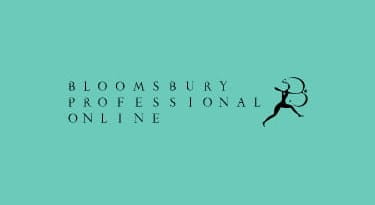Current rules
Currently, the VAT treatment of goods donated to a charity depends in part on how the charity will use the goods. If the charity intends to sell the goods, the donation of the goods to the charity may qualify for zero rating. This means that the business does not have to pay VAT to HMRC in respect of the donation and may recover any input VAT associated with the goods.
However, where the charity intends to use the goods in a different way and the business recovered VAT on the purchase of the goods, the business may need to account for VAT at the standard rate on the donation of the goods. VAT is calculated on the value of the goods at the point the donation was made.
Case for change
The government says that the current rules are designed to “prevent tax avoidance” as a VAT relief that applies more widely could “become a route for illegitimately channelling goods VAT-free onto the retail market, or to individuals associated with the business”.
However, the government believes that reforming the rules could encourage charitable giving and avoid goods being put into landfill. Therefore, the government launched a consultation on “options to align the rules without compromising the security of the VAT system” as part of HMRC’s tax administration and simplification update on 28 April 2025.
Scope of the new relief
To prevent abuse of the new VAT relief, the government is considering options to restrict it by reference to:
- The value of the goods. For example, the relief may be capped at £50 or £100 per individual item donated;
- The characteristics of the goods. The government believes that some goods, such as laptops, pose an increased risk of being used in tax avoidance and so may need to be excluded from the relief;
- How the goods will be used. The relief could be restricted to goods donated for distribution to those in need. This would exclude goods for use by the charity;
- The individuals receiving the goods. Options include applying eligibility criteria (eg, the individual is in receipt of welfare support) or applying a cap on the total amount a person can receive in goods; or
- The charity. Relief could be restricted to registered charities or to charities with poverty relief as an objective.
Administering the new relief
As the business donating the goods would be the beneficiary of the VAT relief, it would need to carry out checks and maintain records for possible inspection by HMRC. The consultation document sets out the types of information that may need to be recorded and suggests that the charity may need to issue the business with a guarantee that the goods will be used as intended.
Have your say
The consultation runs to 21 July 2025. If you have any feedback that you would like ICAEW to consider for inclusion in its response, please contact Ed Saltmarsh by 4 July 2025.
Further information
VAT Conference

Latest on VAT
The Tax Faculty
ICAEW's Tax Faculty is recognised internationally as a leading authority and source of expertise on taxation. The faculty is the voice of tax for ICAEW, responsible for all submissions to the tax authorities. Join the Faculty for expert guidance and support enabling you to provide the best advice on tax to your clients or business.



